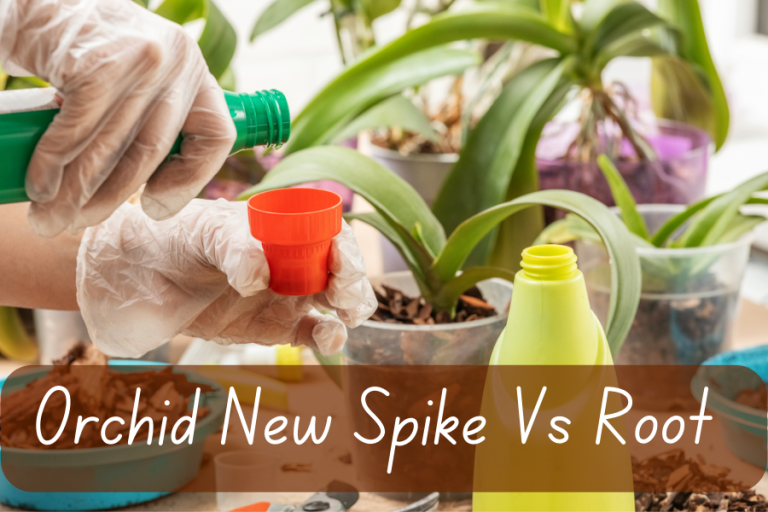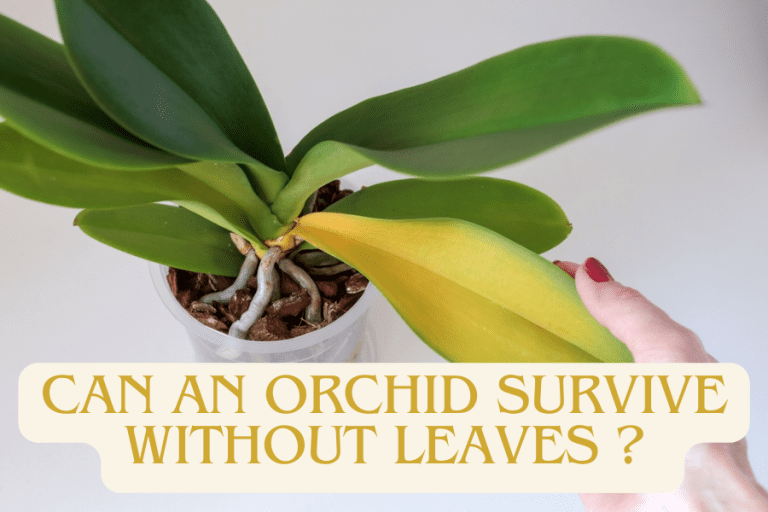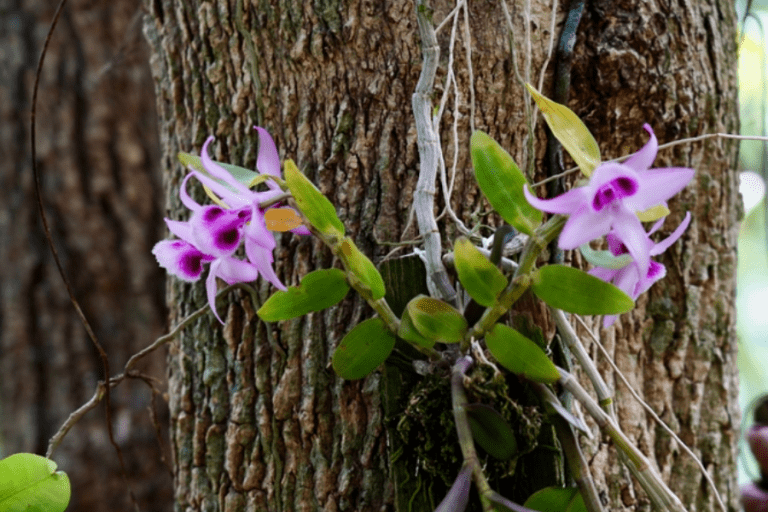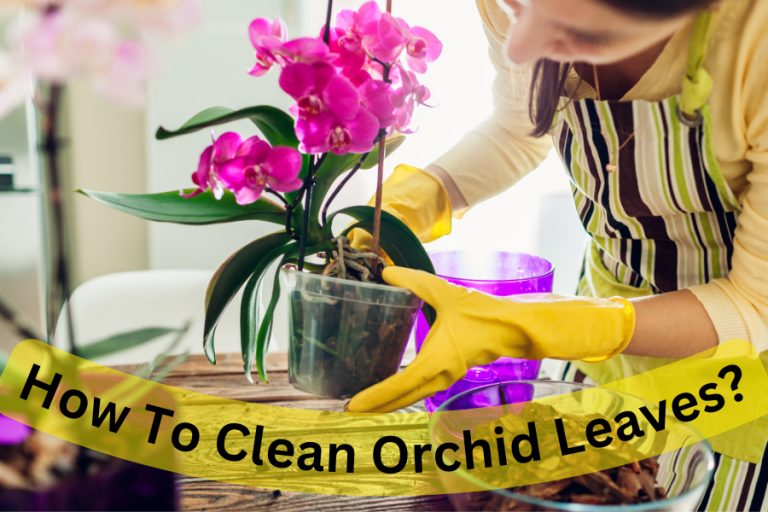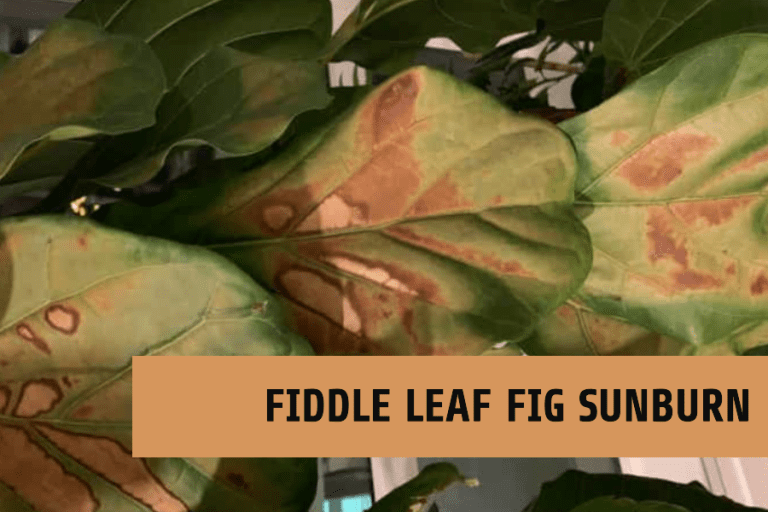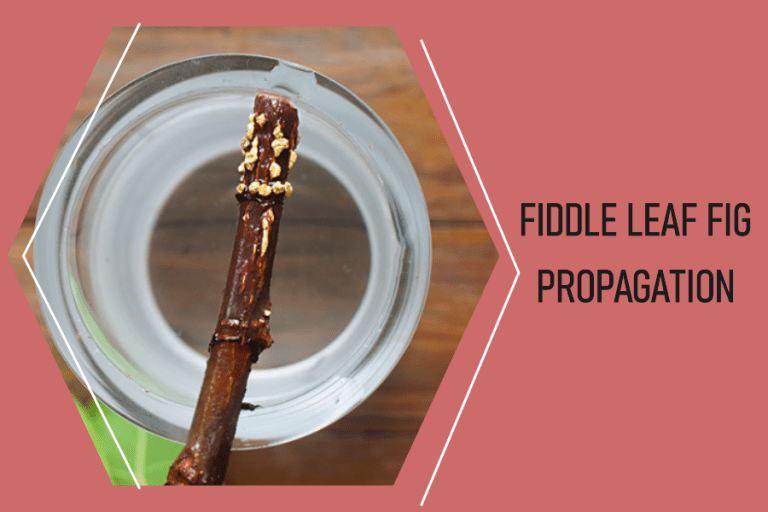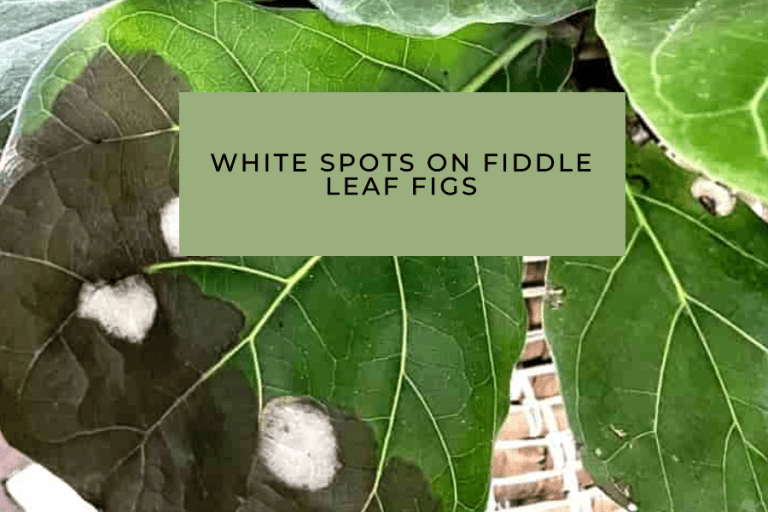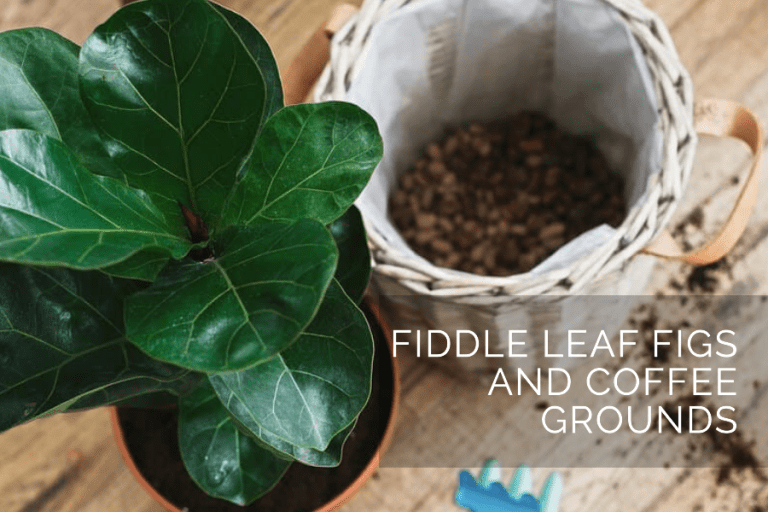Are Orchids Parasites? – Harmful Parasites Or Essential Players?
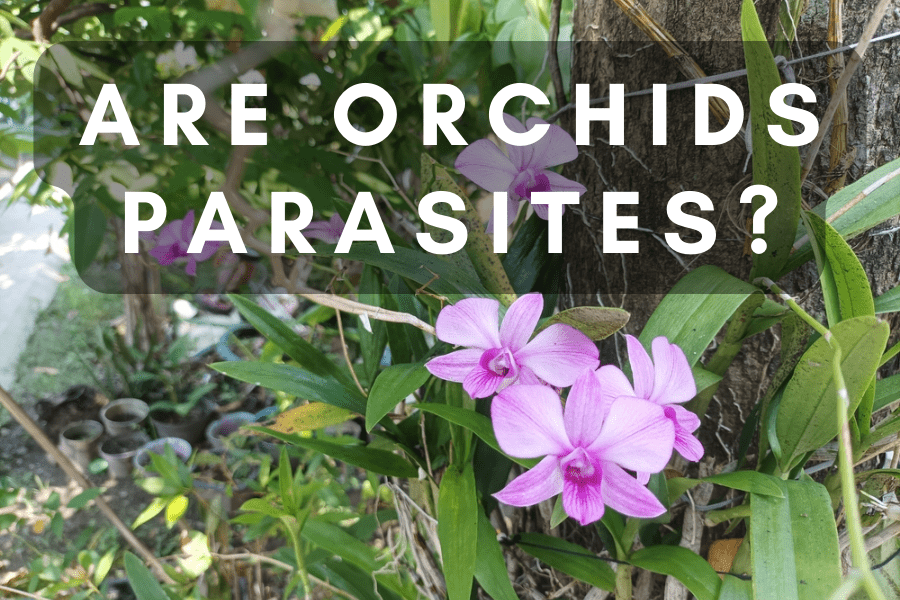
Introduction
Orchids are known as flowers with elegant beauty. The orchid family has more than 20,000 flower species (four times the number of mammal species) and more than 800 species of flower genera in the world. One of the biggest misconceptions about orchids is that they are parasites. Some orchids grow on tree branches, cling to bushes or wrap around tree trunks.
In this article, we explore orchids’ dependence on other organisms and the complex relationships they maintain within their ecosystems. You will know whether orchids are parasites or collaborators in their natural environment. Let’s decode the question: “Are orchids parasites?” with scientific knowledge!
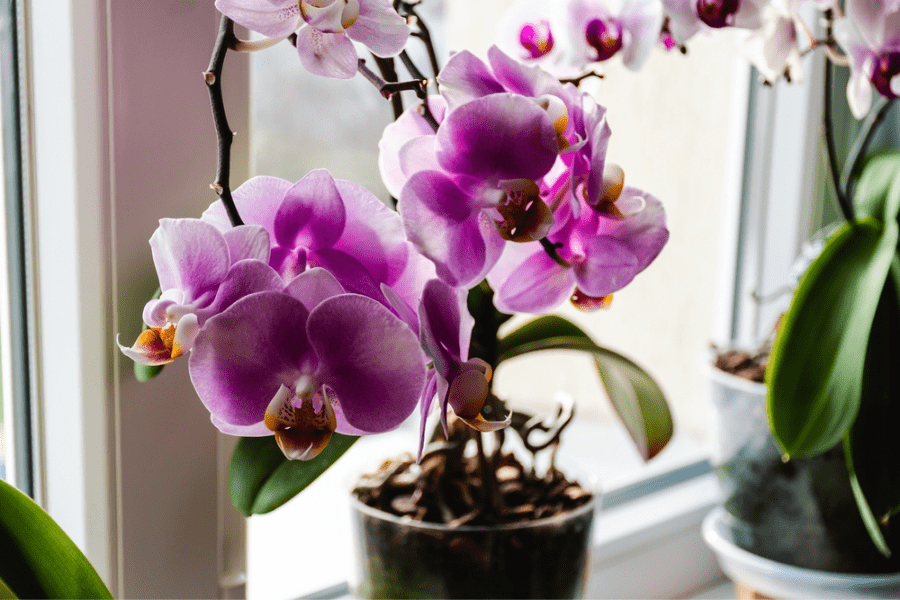
Are orchids parasites?
Most orchids grow on tree branches and others on shrubs, so most people think of them as parasites. The truth is that most orchids are air plants and epiphytes, not parasites. An epiphyte is a “superior” plant that grows on another living organism such as trees and other plants. The main point is that epiphytes do not grow on nutrients from other plants or harm the plant in any possible way.
We have rhizomes and full green leaves so we can support the photosynthetic reaction on our own. Their roots only cling to the outer surface of the host plant, absorbing mineral salt water to make rainwater and dew, thanks to the chloroplasts in the leaves photosynthesizing to create nutrients for them to live.
Completely different from the definition of parasitism, plants live on other plants but their life depends entirely on the host plant. In reality parasitic plants, like mistletoe, are considered parasites because they cause damage to their host plants. Parasites live and use nutrients from the host plant. So now we know that orchids are not parasitic but epiphytic.
Unique Characteristic of Orchids
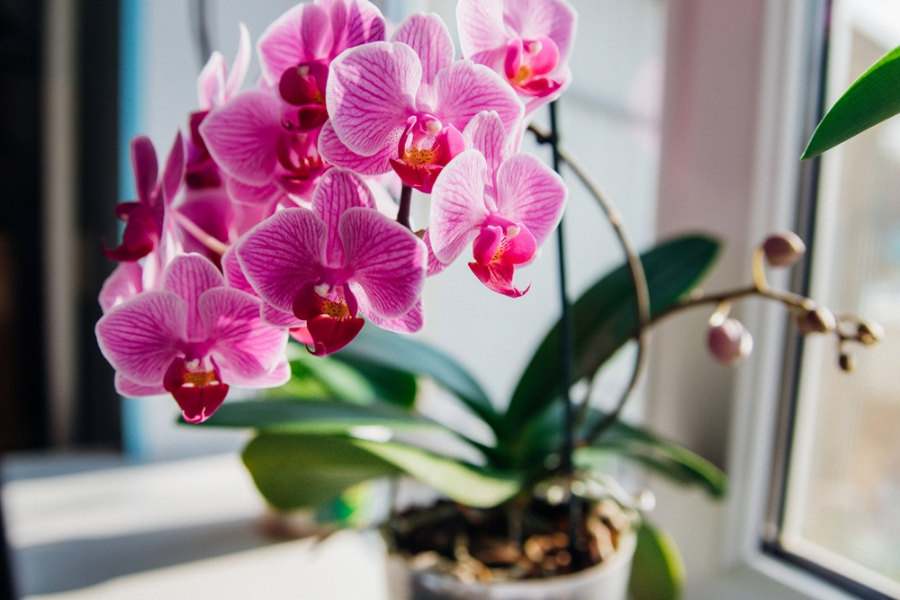
Orchids are a fascinating and diverse family of flowering plants known for their unique characteristics. Here are some specifics about what makes them special:
Orchids Can Grow Without Soil
Unlike most plants, orchids do not grow in soil in their natural environment. They are able to retain water and nutrients in their aerial roots. In addition, its pseudobulb roots are able to absorb water and nutrients directly from the air. Therefore, unlike the majority of plants, they can thrive without soil.
These species live healthily by taking energy from the sunlight and not from the nutrients in the soil. While orchids can live outside in the wild and get their daily dose of water and nutrients from the sun and air, you need to provide proper ventilation when growing them indoors.
Bloom Time
Orchids have a wide variety of blooming periods, depending on the species. Orchids can bloom for a few hours, but can also bloom for up to 6 months without fading. However, some plants take several years to bloom. Some bloom once a year, others bloom several times a year and some even bloom continuously. The flowering of orchids is often influenced by environmental factors like light, temperature, and humidity.
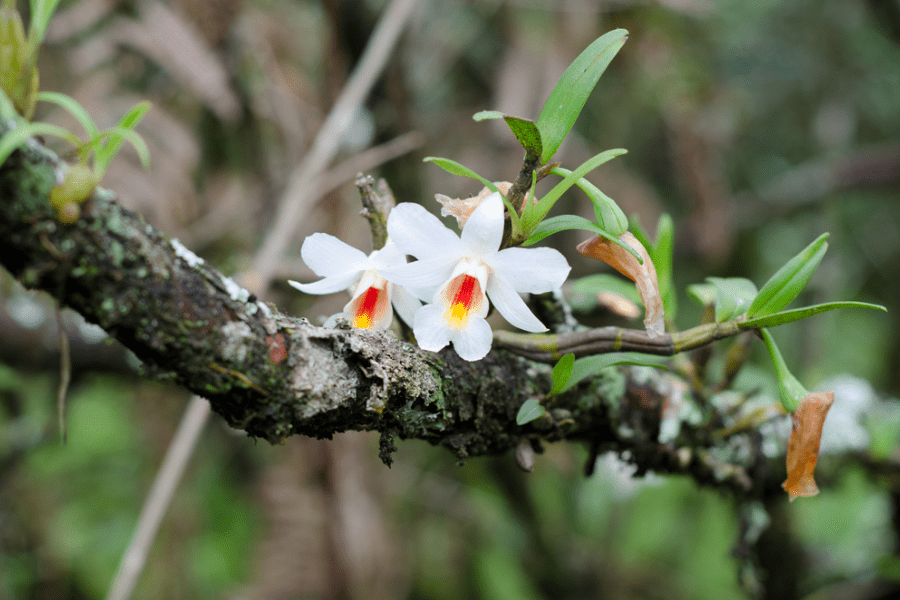
Strange Smell
Orchids smells can vary significantly, from very sweet to quite disagreeable. According to researchers, orchids have many unique and distinct smells, from difficult to smell, pungent to sweet like vanilla. The rotting flesh smell of some flowers can attract flies, while species with a pleasant scent will attract bees for pollination.
Structure of Sepals and Petals
Orchids typically have three sepals and three petals, with the middle petal modified into the labellum. The unique structure of sepals and petals like a small trap is characteristic of the Pahiopedilum spicerianum orchid. Unlike other carnivorous plants, this trap will not digest the insect, but will only lure the insect into the trap to receive pollen.
The inner petals and outer sepals with special structures will create many different unique shapes for orchids. Dracula orchid, or monkey-faced orchid, is also known as the “little dragon” orchid (in Greek) because it has a sepal that looks like sharp, long thorns.
Are Orchids Hard To Grow?
The answer is definitely no. Like any plant, an orchid needs water, fertilizer, light and air. If you grow other ornamental plants either in the garden or indoors, you can grow orchids. Here are some suggested ways to plant orchids:
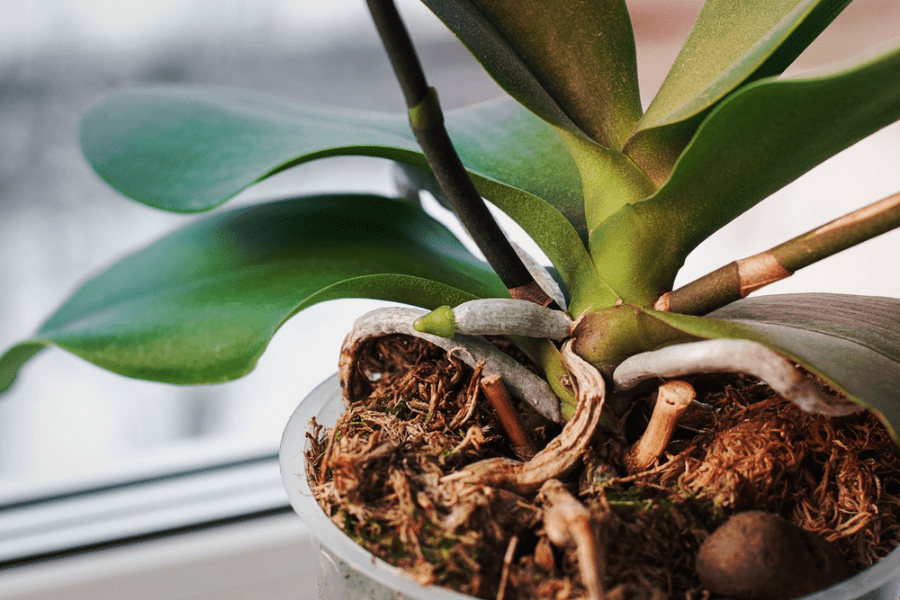
Growing Orchids in Water
This method is submerged the orchid’s roots in water, is a form of hydroponic culture. . Key steps include change the water every 5-6 days or when you find it muddy. Using room temperature distilled water, and ensuring the water level is below the lowest leaves to prevent rot.
There are two main approaches: keeping the orchid in water continuously and changing the water regularly, or alternating between having the orchid in water for two days and then letting it dry out for five. The second option can be a little tricky. Keep repeating the process for the best results.
Growing Orchids on a Wooden Block
This method simulates the natural epiphytic growth of many orchids. Block is a huge chunk of bark or driftwood to which the Orchid plant is attached. The roots attach to the wood, and the orchid absorbs moisture and nutrients from the air and occasional watering.
Plant Orchids in Coconut Shell and Husk Chips
Coconut husk chips are a popular orchid growing medium, especially for epiphytic orchids. Planting in coconut shells can also be an aesthetic and natural way to display orchids. Moreover, they provide excellent drainage and aeration, assemble of natural environment on tree branches.
Suggested Orchids Type
| Orchid Type | Key Characteristics | Planting | Location |
| Phalaenopsis (Moth Orchid) | Long-lasting flowers, broad leaves | Well-draining mix, avoid burying crown | Indoors, bright indirect light |
| Cattleya | Large, fragrant, colorful flowers | Coarse potting mix, support for blooms | Bright indirect light, moderate humidity |
| Dendrobium | Tall stems, long-lasting flowers | Good air circulation in mix | Bright light, warm temperatures |
| Oncidium (Dancing Lady) | Small, numerous flowers | Well-draining mix, repot every 2-3 years | Bright indirect light, cooler night temperatures |
| Vanda | Vibrant flowers, air roots | Grown in baskets, no medium | High light, direct sun OK, high humidity |
| Miltonia (Pansy Orchid) | Pansy-like fragrant flowers | Medium-fine bark mix, keep moist | Moderate light, avoid direct sun, high humidity |
Conclusion
As a fascinating and varied family of blooming plants, orchids are stunningly beautiful and play an important ecological function. Far from being parasitic, orchids are exemplars of resilience and adaptability, thriving in a variety of environments without harming their hosts. By understanding and appreciating these extraordinary plants, we not only enrich our gardens but also deepen our connection to the natural world.

